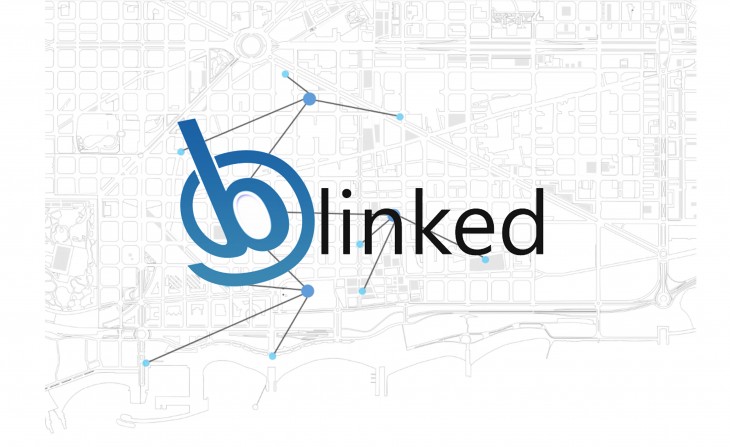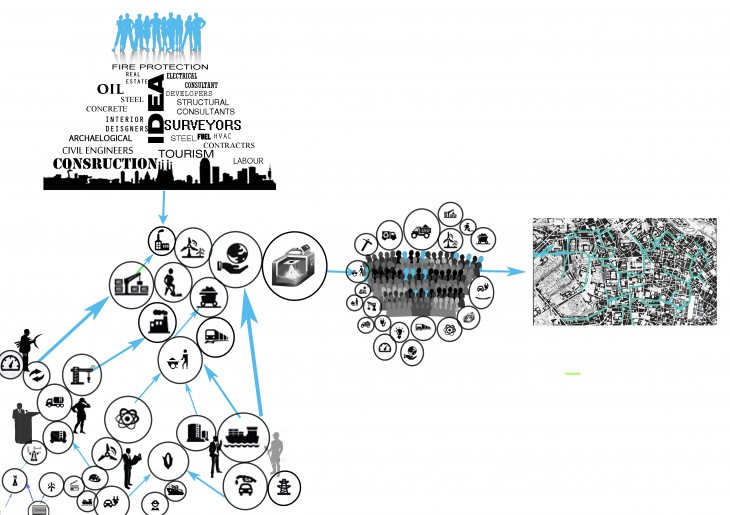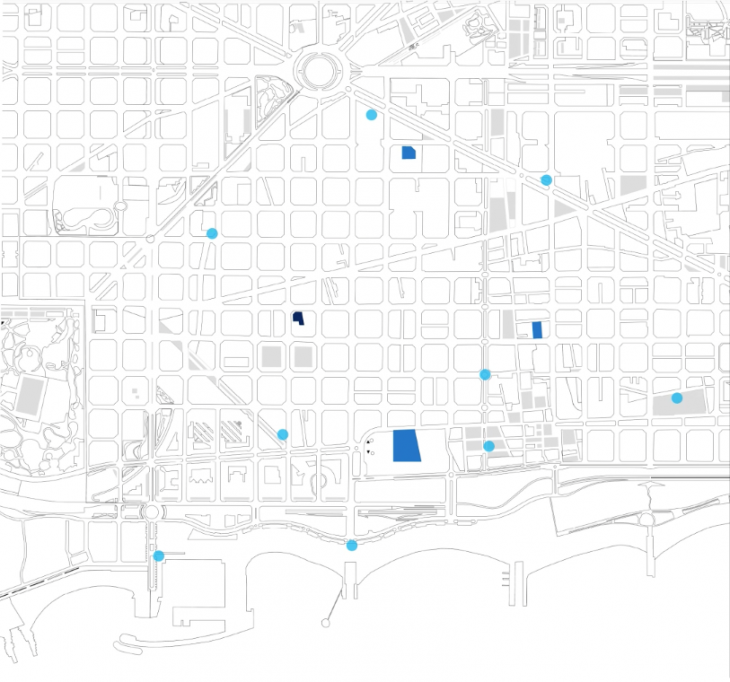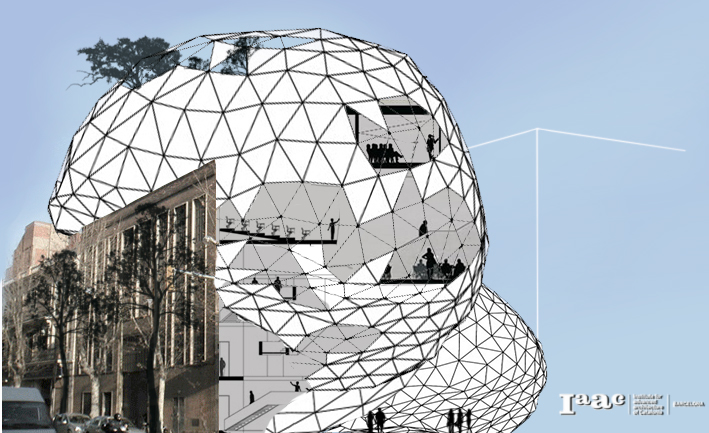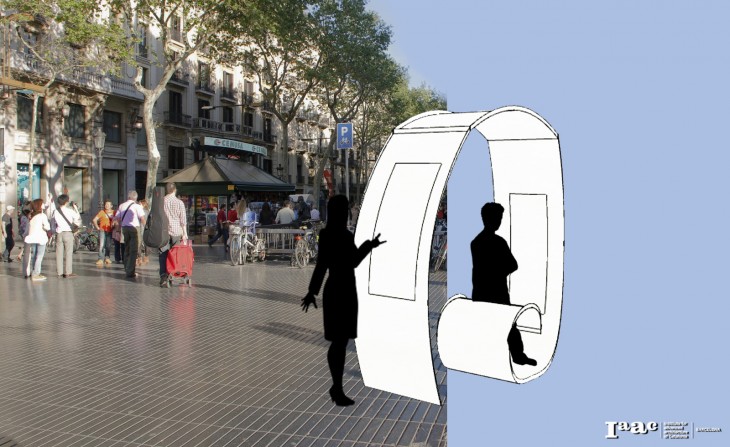Barcelona has undergone tremendous changes in past few decades in becoming world’s most admired city for urban development. Leveraging on 1992 Olympics it transformed from a neglected industrial city to vibrant hub for business, logistics and tourism. By 2001, the city was ranked as the Europe’s sixth most attractive city for international business investment and was 3rd by 2012. The economy however, has benefitted much from its attractiveness as the 4th best urban tourism destination in Europe. With an inflow of 7.8 million tourist and 2.3 billion Euros, the tourism industry has both positive and negative influence on the city and its inhabitants.
As from our research we found that the city has now geared up towards becoming a capital of knowledge and innovation by attracting talent from around the globe. With 12 universities, 169 research centers, 30 innovation support etc. there is a lot of innovation happening within the city. But does all this reach or benefit the citizens? Our own institute(IAAC) which thrives on innovation and brings 120 students from around the world is much like a bubble in the city without any interaction at the neighborhood level.
Innovation is of the essence to progress and Interaction is KEY to innovation. The Ajuntament de Barcelona, realized this and took measures to improve and increase the interactions between the international community and the local firms and institutions in Barcelona which resulted in 22@District or the Innovation District. But any innovative strategy ,device, technology or service is meaningless unless it leads to the betterment of the society or community it is based in.
Our project therefore attempts to bring innovators from different walks of life irrespective of their nationality together to interact, innovate and find solutions to existing/foreseen problems. Barcelona today, with its multi-cultural society, myriad tourists, international student and research community has a vast pool of skills, experience and knowledge at any point of time. This potential needs to be tapped.
To make any “outsider” interested in the progress of the city he/she should identify oneself with the city of Barcelona. Our study thus lead us to re-define “citizen” as a person who has some contribution towards progress of the city. Thus making all those who do any productive work (which includes temporary residents like international researchers/ students/ entrepreneurs etc) a citizen of Barcelona. But what about tourist? The locals often look at them as nuisance but they too have skills and expertise in one field or the other. What if we could tap these skill too and ameliorate this situation for the locals?
Our proposal is to define spaces where all this potential can be tapped through interaction with the local community as well as research & innovation facilities in a way that is directly beneficial to the local community and thus reduce the friction between permanent and temporary occupants of this city.
” Innovation distinguishes between a leader and a follower.”
-Steve Jobs
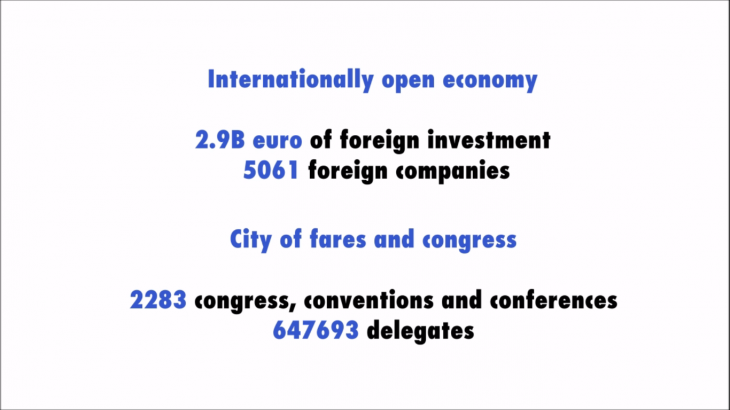

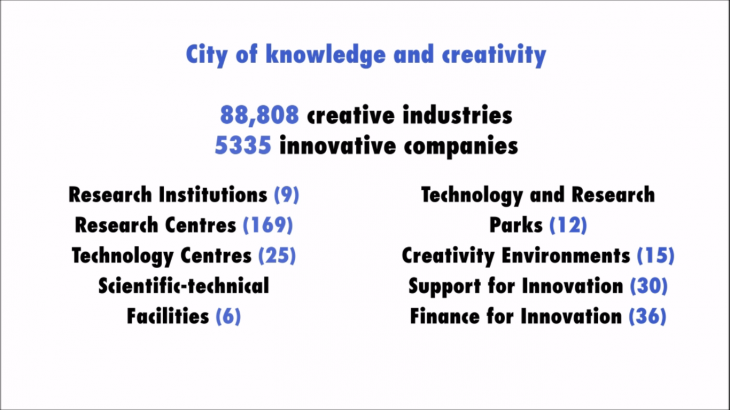
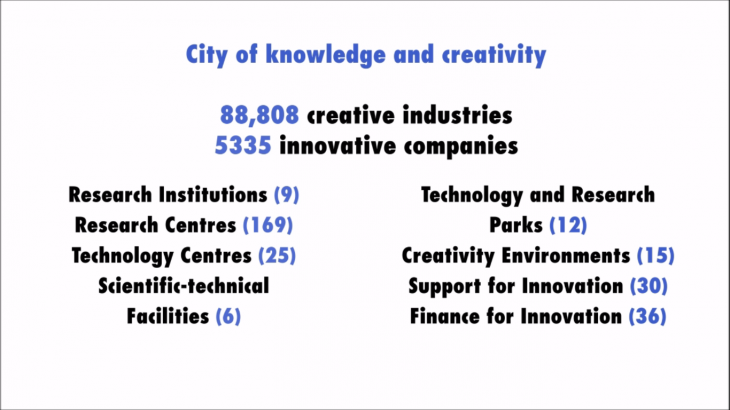
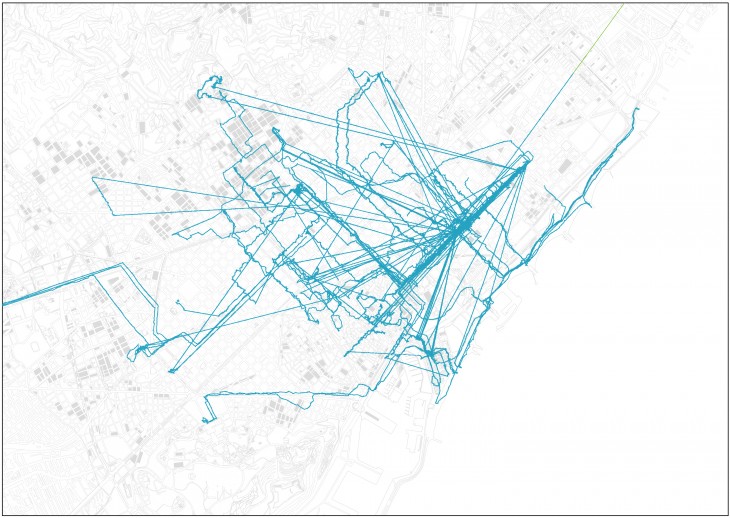 Investigation on tourism led us to a group of people who are a “hybrid” and did not complete fit into the tourist category. These people are from outside Barcelona, but much like citizens, they too have made Barcelona their (temporary) home; living and working or learning in the city.
Investigation on tourism led us to a group of people who are a “hybrid” and did not complete fit into the tourist category. These people are from outside Barcelona, but much like citizens, they too have made Barcelona their (temporary) home; living and working or learning in the city.
Therefore we conducted a study on a similar international community in the city ie; the IAAC community. The study had two parts.
The first part consisted of a self study of the daily activities of our group members, and each activity was put into two groups that is one done by citizen or a tourist based on its nature. The second one was an analysis of the movement of the IAAC community where GPS tracks were collected and visualizations were made using grasshopper. It was carried out with voluntary participation of our fellow colleagues. The data was recorded on mobile device app . From the analyzes the type of mobility of the user can be detected . From the data we can analyze the nodes of maximum , minimum movement and their path . Most of them would pass by touristic zone , but it was just a transition point .
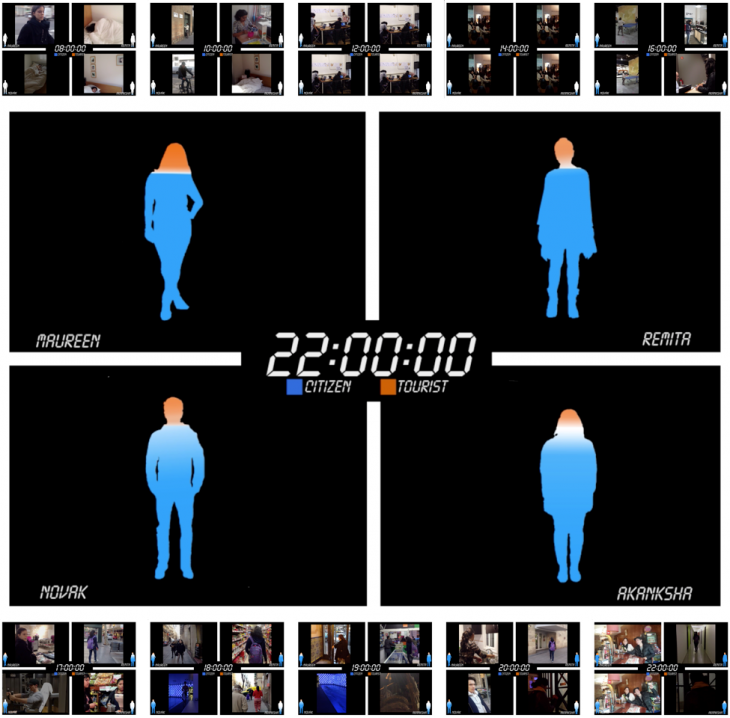 The activities was filmed for a day from 8am to 10pm. The blue indicates the citizen level and orange the tourist level. The study indicates that we are indeed citizens.
The activities was filmed for a day from 8am to 10pm. The blue indicates the citizen level and orange the tourist level. The study indicates that we are indeed citizens.
Innovation is meaningless unless it leads to the betterment of the society or community it is based in. But if one represents the traditional process of innovation as a Pyramid, there the is a huge gap between innovators (at the top) and the end users (at the bottom). For innovation to actually get to the users it has to filter through many layers of industries. But industries themselves are disorganized and controlled by few individuals with power and money. As innovators and architects we have the opportunity to align these industries towards a common goal of progress. We must make efforts to reduce the gap between innovators and users so that there is a positive interaction between them which will undoubtedly result in better solutions for end users and in turn creates a profitable market for the innovators. Therefore we must take innovation straight to the neighborhood level, from there to the city level and then to the global level. Our project initiates this new process of innovation in the neighborhoods of @22 district Barcelona which is known as the innovation district of Spain.
Our proposal is a system of a linked urban acupuncture. It consists of 3 levels of intervention . These are : the main hub , community hub and the pods .
A detailed study on District 22 led to the locations of interventions.
Iaac was chosen as the location for the main hub as it is located centrally in the district and offers the ideal environment for innovation to take place.
Community hub 1 is located the selected are as it is a place where diverse activities such as professional, commercial and leisure are taking place on a daily basis . It is also easily accessible from Diagonal .
The second site is located in the center of a residential area and with this we want to involve the inhabitants in the innovation program.
The third one is situated in Parc del Poblenou adjacent to the beach and sport facilities this way attracting all groups of people including tourists .
The pods are strategically positioned in public spaces selected according to the density of people.
The following images represent the logic behind the approach to our proposal and not necessarily the actual physical space.
The main hub’s objective is to create an ideal environment to foster innovation . The built structure is conceived as a transparent mesh which would grow over the existing industrial building to accommodate the new activities .

Aimed at providing a platform for local interaction where people of all ages could come together and exchange, develop and implement ideas. Temporary exhibition spaces , start up spaces (offices), shops , lounge , media access point , skill development classes , media access .
A digital window on local life, nAutreville offers visitors and local residents the opportunity to superimpose the digital city over the physical city creating a heightened vision of the surrounding environment
Aimed at providing information to the public about the various activities being held at the main hub and community level. It is strategically located in public spaces at different junctures across the city so as to give media access to everyone including tourists.
It sets out to create a new digital service for urban areas, combining both the real and the virtual city – this can disseminate information and facilitate the sharing of systems between people, in public. The beauty of this innovative system is the potential to create individual local networks, tailored to the users’ needs and personal interests.
nAutreville functions as an interactive sign which can centralise neighbourhood information (town hall, school, street map, services, history of the city, etc.).

